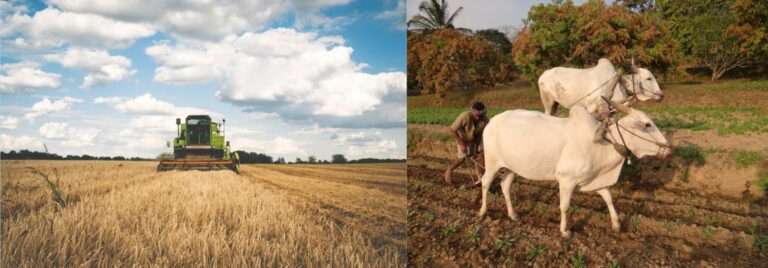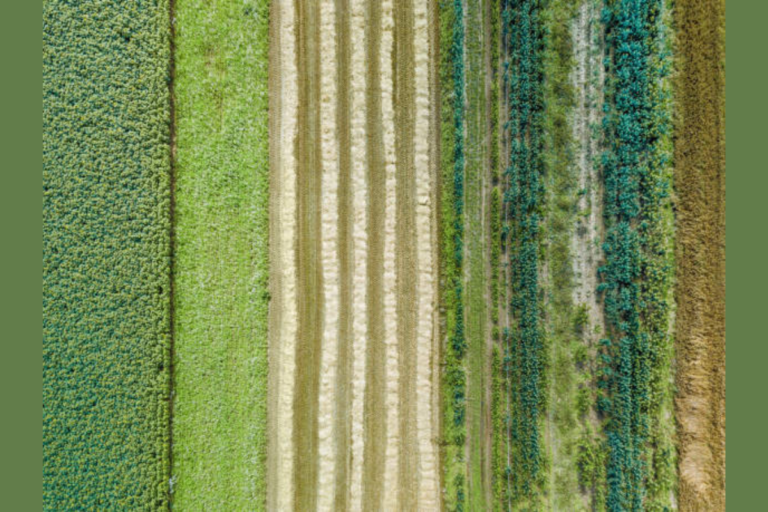defining aquaculture and its role in the food production system

As the world’s population grows, so does its demand for animal proteins which puts a great deal of pressure on natural populations. Agriculture has helped to reduce such pressures on land animals [albeit causing other problems in the process]. Aquaculture is the aquatic version of agriculture in that fresh and saltwater organisms are farmed.
Farming involves some sort of intervention during the cultivation process. Interventions can include protection from predators, feeding, and/or stocking. Likewise, for an operation to be considered farmed, an individual or corporation must own the stock that is being cultivated.
Although aquaculture has been practiced throughout the world for generations, it is only during the post-World War II era that the industry has ballooned into a multi-billion-dollar industry.
The reasons for the growth of aquaculture are diverse. One reason is the globalizing state of the world which allows for international trade and the diversification of markets. Another is that larger corporations are monopolizing on a growing demand for seafood and fish. Yet another influence are rapidly increasing land prices and competition. Beyond these reasons, there is also more advanced technology that allows aquaculture operations to expand and intensify.
As operations expand, so does the amount of farmed seafood and fish consumed. As of 2017, half of all fish and seafood comes from aquaculture operations. It is likely that the amount of fish and seafood sourced from aquaculture operations will continue to grow as developing nations grow in affluence and their demand animal products increases. In fact, since the 1980s, aquaculture production has increased 7-11% per year!
Generally speaking, aquaculture requires inputs to produce aquatically farmed outputs. The required inputs are similar to land production: space, water, seed/stock, feed, construction materials, etc. However, the amount of inputs required depends on the production practices that will be employed. Again, aquaculture is comparable to land production in that it can be intensive or extensive.

The method of production and the type of aquatic life farmed depends on the aquatic environment, with the type of water – fresh, salt, or brackish, directly influences the most influential, unless intensive, man-made production environments are selected. For example, salmon live in brackish waters and can only be farmed there or in a man-made environment.
In extensive production environments, the species reared are generally dependent on the resources provided by the natural environment. For example, farmed muscles are seeded by aquatic farmers, but they generally depend on the plankton and nutrients provided by the tides of to grow.

In intensive production environments, there is likely to be intricate structures housing the fish or seafood. This is especially true if the aquaculture environment is not located in a natural body of water. For instance, there are many indoor, high-tech production environments that make use of former factories or in other unused urban spaces.

In any type of production environment, there are concerns about the financial sustainability of operations and the effects on local ecosystems. Concerns related to the latter are particularly prevalent when natural bodies of water are used to produce fish and seafood. Nonetheless aquaculture continues to offer a means to more efficiently produce animal proteins [based on the input to output ratio] and help reduce pressure on wild populations.
How the sector develops will be dependent on consumer demand, which can prompt more intelligent production or a race-to-the-bottom environment.
sources:
- Troell, M., Kautsky, N., Beveridge, M., Henriksson, P., Primavera, J., Rönnbäck, P., … Jonell, M. (2017). Aquaculture ☆. In Reference Module in Life Sciences. Elsevier.
- http://bieap.gov.in/Pdf/FisheriesPaperII.pdf
image credit:


